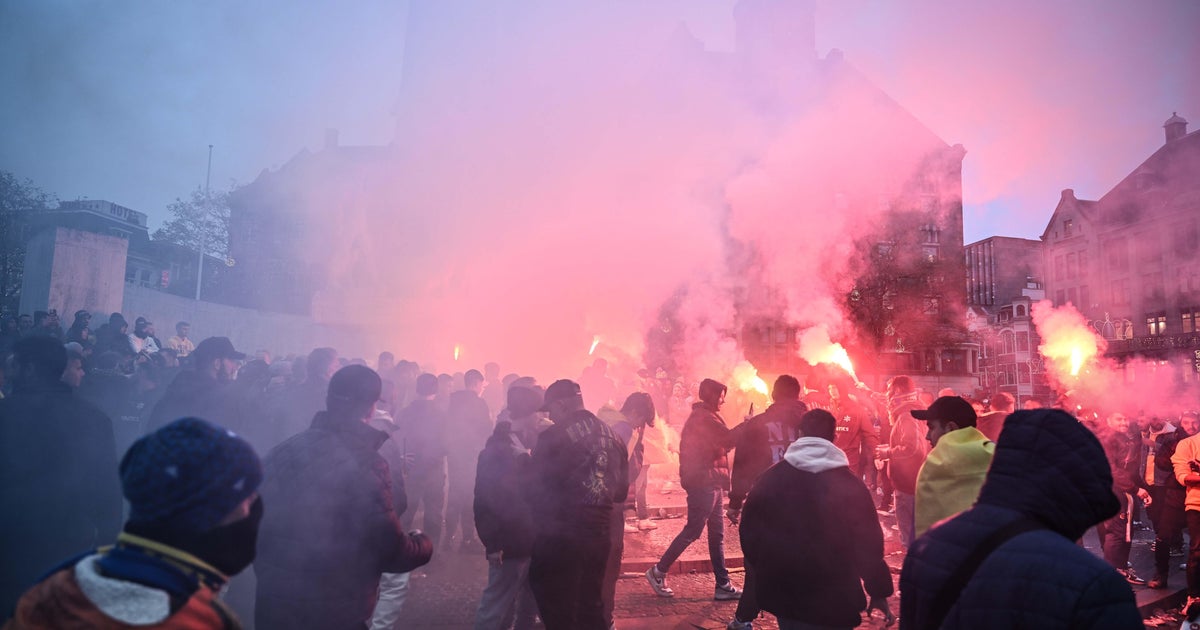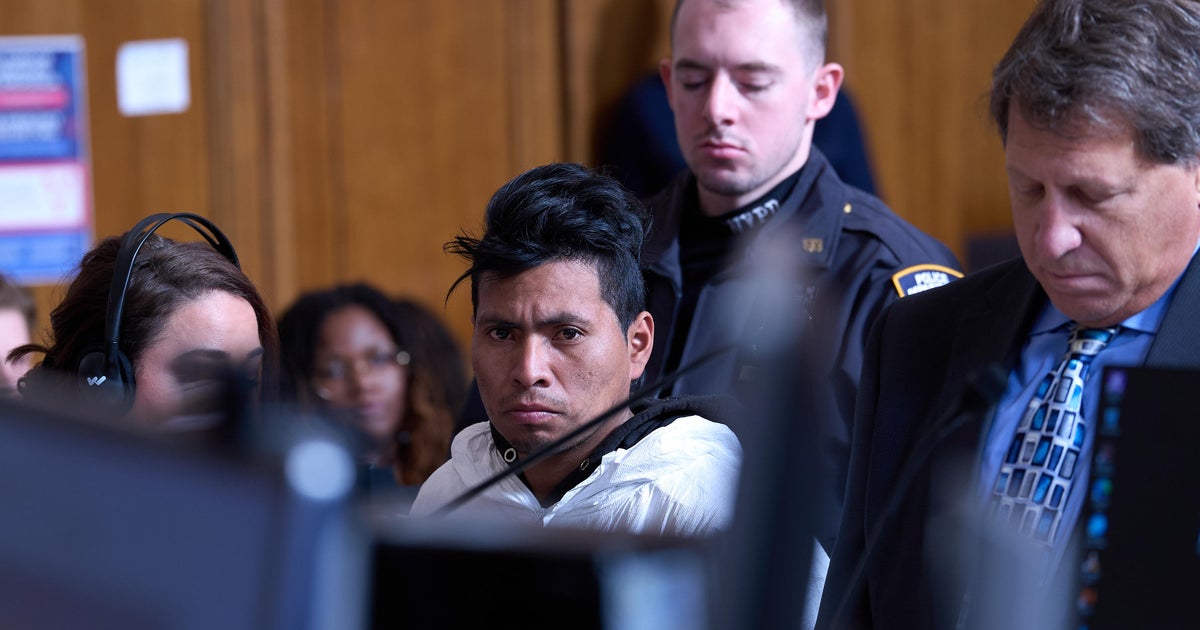Hughes Van Ellis, one of the last remaining survivors of the Tulsa Race Massacre, dead at 102
Hughes Van Ellis, one of the last remaining survivors of the Tulsa Race Massacre, died on Monday at the age 102, Oklahoma State Rep. Regina Goodwin confirmed to CBS News. Van Ellis, known as "Uncle Redd," survived the 1921 racist act of terrorism on the city's thriving Black community in the Greenwood District, which was known as "Black Wall Street."
After a Black man was accused of assaulting a White woman, a 24-hour massacre ensued, with the White mob attacking Black people in the neighborhood. Between 75 and 300 Black people were killed, historians estimate.
White rioters looted businesses and burned buildings. The National Guard was brought in and helped imprison Black people. More than 35 blocks were charred and 6,000 people were held — some for up to eight days, according to the Tulsa Historical Society and Musuem.
Van Ellis, a World War II veteran, was one of the last three living survivors of the massacre.
"Two days ago, Mr. Ellis urged us to keep fighting for justice," Goodwin said in a statement. "In the midst of his death, there remains an undying sense of right and wrong. Mr. Ellis was assured we would remain steadfast and we repeated to him, his own words, 'We Are One' and we lastly expressed our love."
The two other remaining survivors — Van Ellis' sister, Viola Ford Fletcher, 109, and Lessie Benningfield Randle, 108 — sat down for an interview with "CBS Mornings" co-host Gayle King in 2021, reflecting on that harrowing day, 100 years later.
"We had friends and played outside and visited with neighbors and were happy there with our parents," Fletcher said when asked to describe Greenwood. "We just loved being there."
"It was getting to be a pretty nice place" before the riots began, Randle told King. "They had a theater and other places of recreation and they had churches — and they came in and tore it all down."
White mobs infiltrated the neighborhood, destroying more than 1,000 homes and nearly every business — symbols of prosperity, ripped away.
"There was a notice out on the street: 'Leave town. Leave town, they're killing all of the Black people,'" Fletcher said.
"Men came in and started shooting," Randle said. "I do remember many people being murdered."
Fletcher said she thinks about the massacre every day. "It will be something I'll never forget," she told CBS News.
In 2022, all three remaining survivors, who were children during the tragedy, appeared at a court hearing about reparations for those affected by the massacre. Survivors and their families filed a lawsuit to hold the city accountable for the massacre, arguing "the defendants' exploitation of death, destruction and disparities they created ... have resulted in their unjust enrichment at the expense of these communities."
A lower court dismissed the case this summer but in August, the Oklahoma Supreme Court ruled it will consider the reparations case, according to the Associated Press.
Earlier this year, investigators said they were closer to identifying more victims of the riot after exhuming seven bodies from graves that matched descriptions of massacre victim burials in newspapers and other records from that time. The bodies, found in simple, wooden boxes, are being tested for DNA to see if they have a connection to massacre victims.
This was the third excavation in an effort to identify victims. People who believe they are descendants of victims have provided DNA samples to try and help investigators identify victims.





